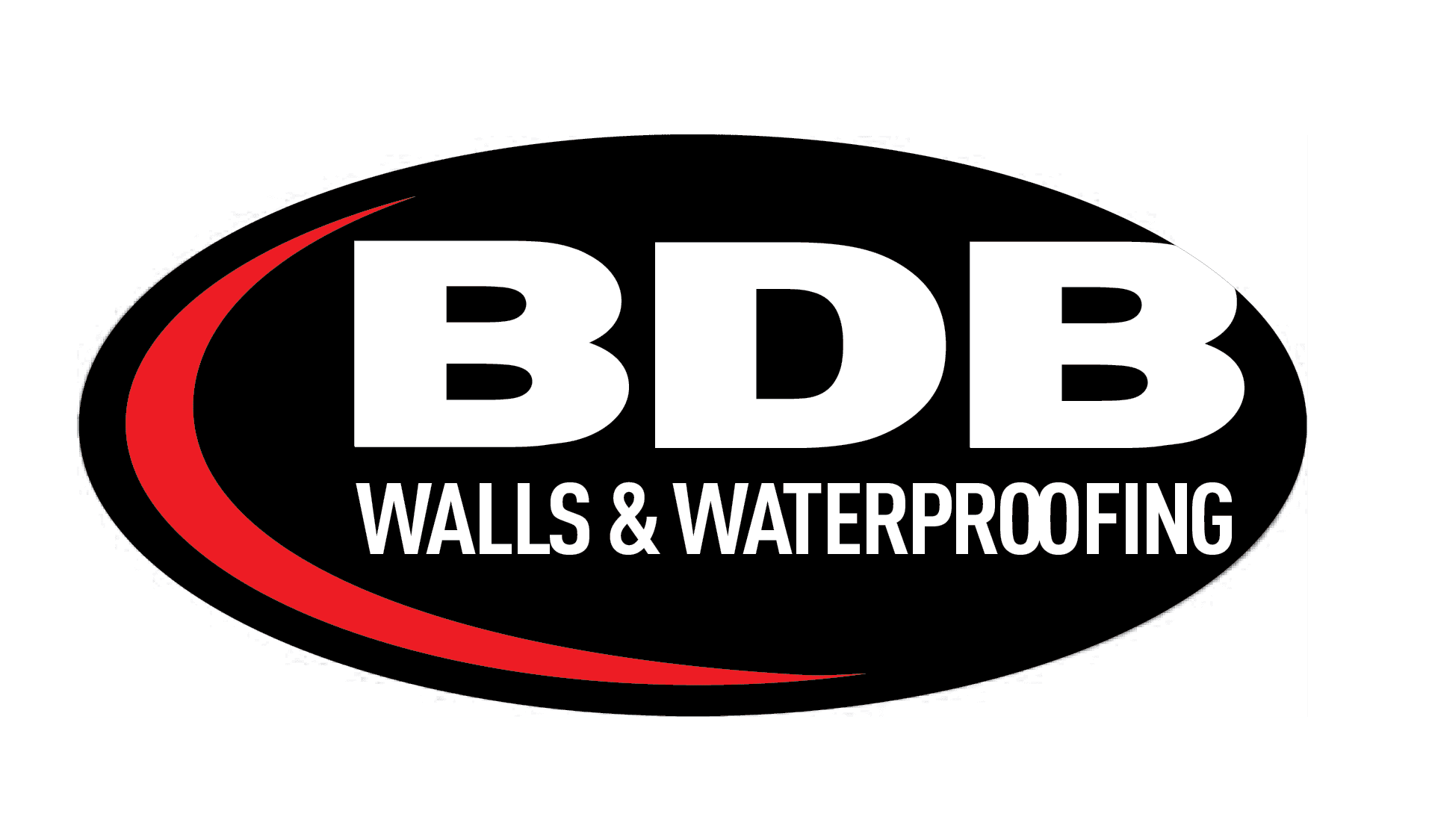Dealing with Water in the Basement: Causes, Prevention, and Solutions
No one ever plans for when water makes it’s way into your basement. And then when it happens, it often becomes and emergency for the homeowner. But by understanding where water can come from and how to prevent it from coming into your home in the first place, you give yourself a leg up and can prevent it from becoming an emergency.
Beyond being an inconvenience, a wet basement can be a damaging issue for homeowners. It can cause mold growth, structural damage, and decreased property value. Below we outline the common causes of water in the basement, prevention measures you can take as a homeowner, and other possible solutions.
Causes:
- Poor Drainage: Poor drainage is one of the most common causes of basement water. If the ground around your home is sloped towards the foundation or if there are clogged gutters, the water can accumulate and seep into the basement.
- Cracks in the Foundation: If there are cracks in the foundation of your home, this can also lead to basement water. Water can enter through the cracks and cause damage to basement walls and floors.
- Plumbing Leaks: Outside water is not the only threat to your home. Many times the plumbing in your home fails and this can cause leaks to occur anywhere in your home, including the basement. A leaking pipe can cause water to accumulate and cause damage.
- Condensation: Condensation can occur in the basement when the air is humid and the temperature is cool. This can lead to the formation of water droplets on surfaces, which can eventually lead to mold growth.
Prevention:
- Proper Grading and Drainage: You will want to ensure that the ground around your home is sloped away from the foundation to allow for rainfall to run away from your basement. You will also want to ensure that you clean gutters regularly to prevent water accumulation.
- Repair Foundation Cracks: You will want to have any foundation cracks repaired as soon as possible to prevent water from entering the basement.
- Install Sump Pumps: Sump pumps are a great tool in your belt to have when it comes to combatting water in your basement as it goes to work before you may even know there is a problem. A sump pump can be installed in the basement to pump water out of the basement.
- Fix Plumbing Leaks: Check for any leaks in the plumbing system and fix them as soon as possible.
- Dehumidify the Basement: You can install a dehumidifier in your basement to help remove excess moisture from the air in the basement which is important to preventing mold growth.
Solutions:
- Interior Drainage Systems: Interior drainage systems can be installed in the basement to collect and pump out water.
- Exterior Waterproofing: Waterproofing the exterior walls of the foundation can prevent water from entering the basement.
- French Drains: French drains can be installed around the foundation to collect and redirect water away from the foundation.
- Epoxy Injection: Epoxy injection can be used to seal cracks in the foundation to prevent water from entering the basement.
BDB Waterproofing Has the Solutions You Need
In conclusion, a wet basement can be a serious issue, but it can be prevented with proper maintenance and repairs. If you are experiencing water in your basement, contact BDB Waterproofing to help you with solutions that can help prevent water from accumulating in your basement.

